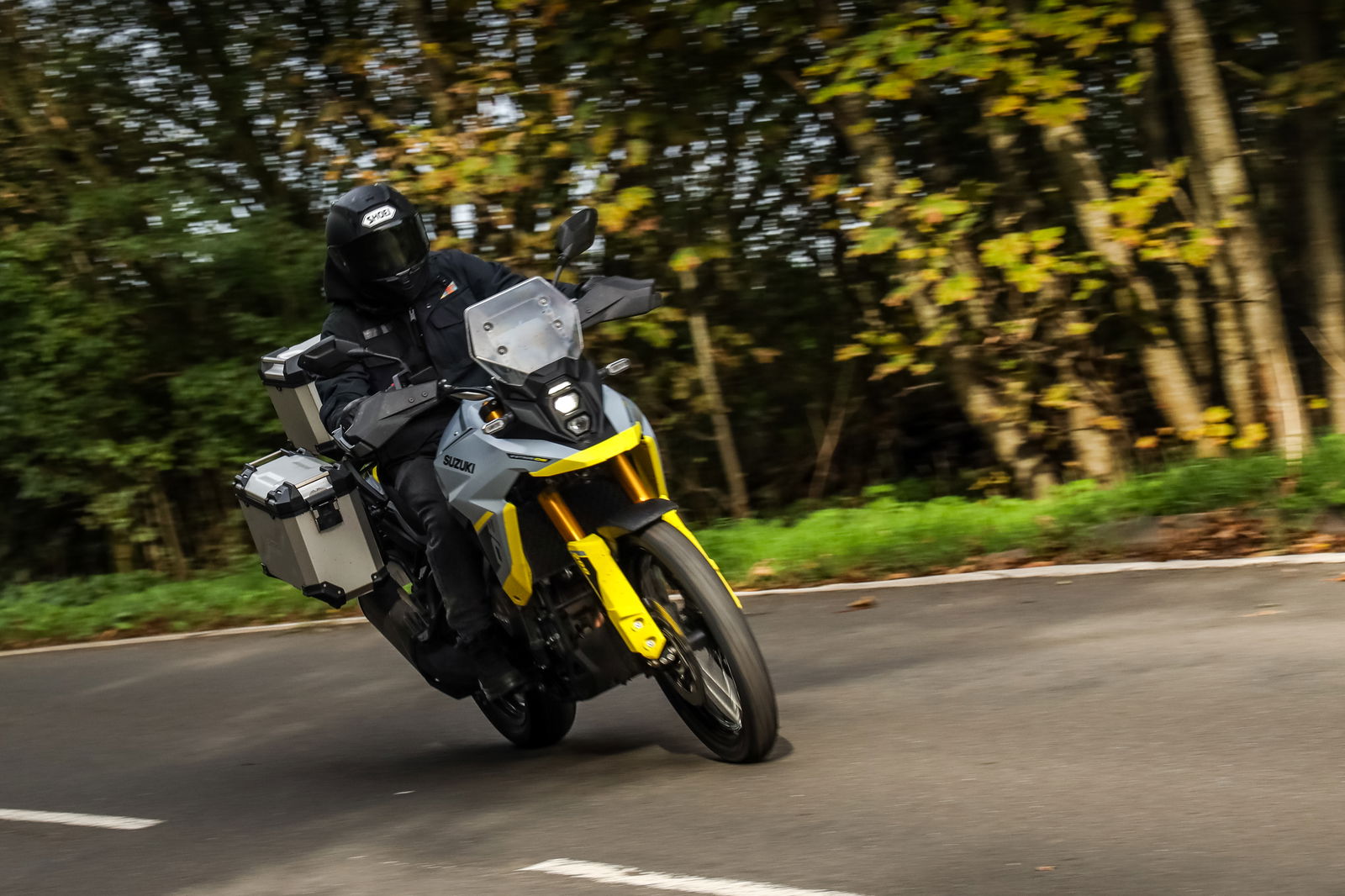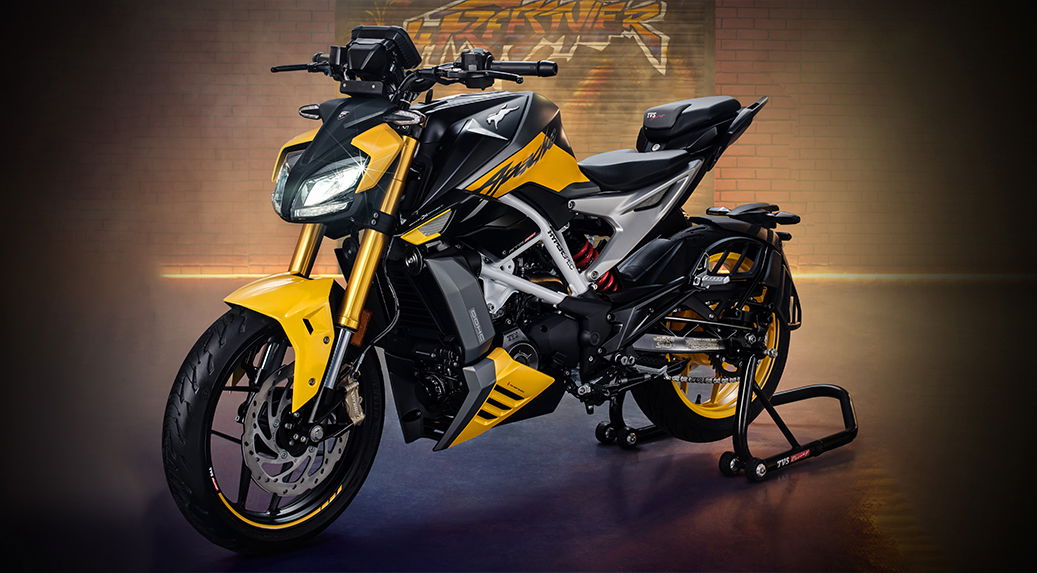2022 Eskuta SX-250 Series III Review
The Eskuta SX-250 Series III is the latest model from Eskuta, aimed at people wishing for greater mobility but without a car or motorcycle licence.

E-bikes are not exactly our normal thing here on Visordown, but as the sector grows it also diversifies, and Eskuta’s range of electric pedal assist two-wheelers, which since 2022 has included the Eskuta SX-250 Series III, makes for an interesting contrast.
The Eskuta SX-250 has the appearance of a motorcycle, or a moped to be more specific, but if you look a little closer you’ll notice that actually it is not a motorcycle, or a moped, at all. Instead of a twist grip on the right handlebar, there are pedals where you would ordinarily expect to find footpegs. This is an electric assist bicycle, or e-bike, essentially, with deceiving looks.
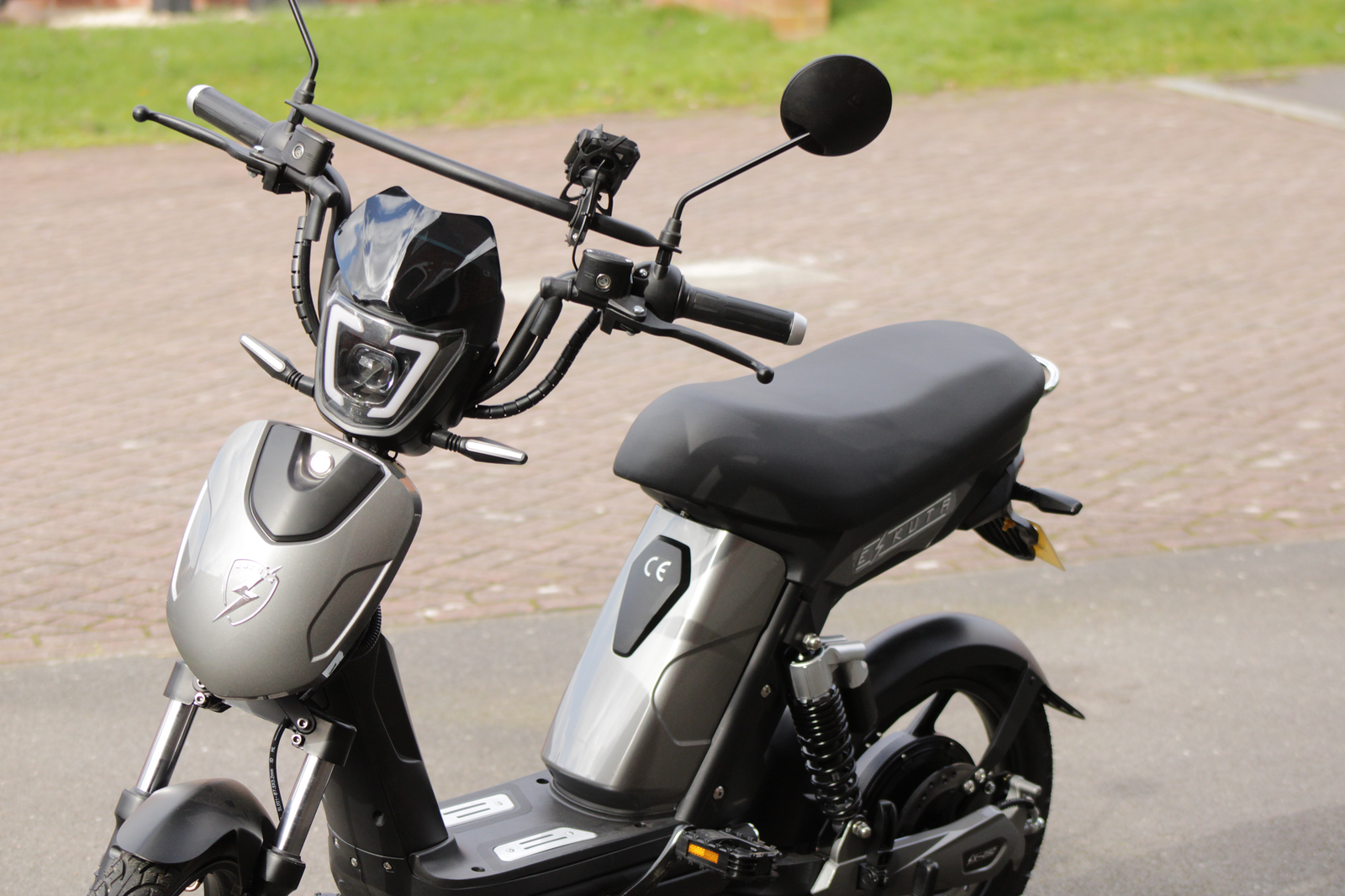
These deceiving looks create their own issues, although I would argue that is unfair. Riding the SX-250 on public roads, you get a strange feeling that you are being watched. And, you are, more or less. This is because the SX-250 doesn’t fit the conventional norms of what people expect from a vehicle. It crosses between classes, between bicycle and moped, and that means that people are unsure what it is and how to treat it.
My experience with the bike is that arriving to junctions is a particularly stressful experience, but not through any direct fault of the bike. Instead, it is other road users who, understandably, are somewhat confused by the bike. For example, when stopped at a T-junction, a driver in a Land Rover stopped to let me, on the SX-250, out. After all, I am wearing a bicycle helmet, and I suppose from their perspective they are trying to avoid risks.
The experience of riding the SX-250 on the road is one which, for me, was an exercise in trying to keep out of people’s way. It is aimed, at least in part, at people who do not have a motorcycle or car licence, which includes me, although I felt on the road as though I shouldn’t have been there. This might reflect more on me than the bike, but the feeling I got from being around other road users was a “what are you doing here, get out of my way,” which sort of seems fair enough.

However, eliminating other road users from the experience and what you find is a bike which is genuinely fun to ride.
The action of setting off on the SX-250 is not an especially conventional one. You can’t set off by pedalling, instead you have to use the green button on the left handlebar to engage the electric motor. This is something to get used to at first, since there is no modulation on the button, instead it is essentially an on-off switch, which means it is generally best to try to set off in as much of a straight line as possible on the first few occasions, but eventually it starts to feel more natural.
Pushing the aforementioned green button will accelerate you, with the kind of immediate response you would expect from an electric motor, to 6mph, at which point you start pedalling with an enjoyable comfort as the electric motor assist kicks in.
There are three riding modes available to select on the SX-250, although on the UK version selecting modes two and three on the small rotary switch will make zero difference to your performance, even if the number changes on the dashboard. This is down to UK regulations, which effectively mean the bike is limited to 15.5mph and locked its lowest riding mode.
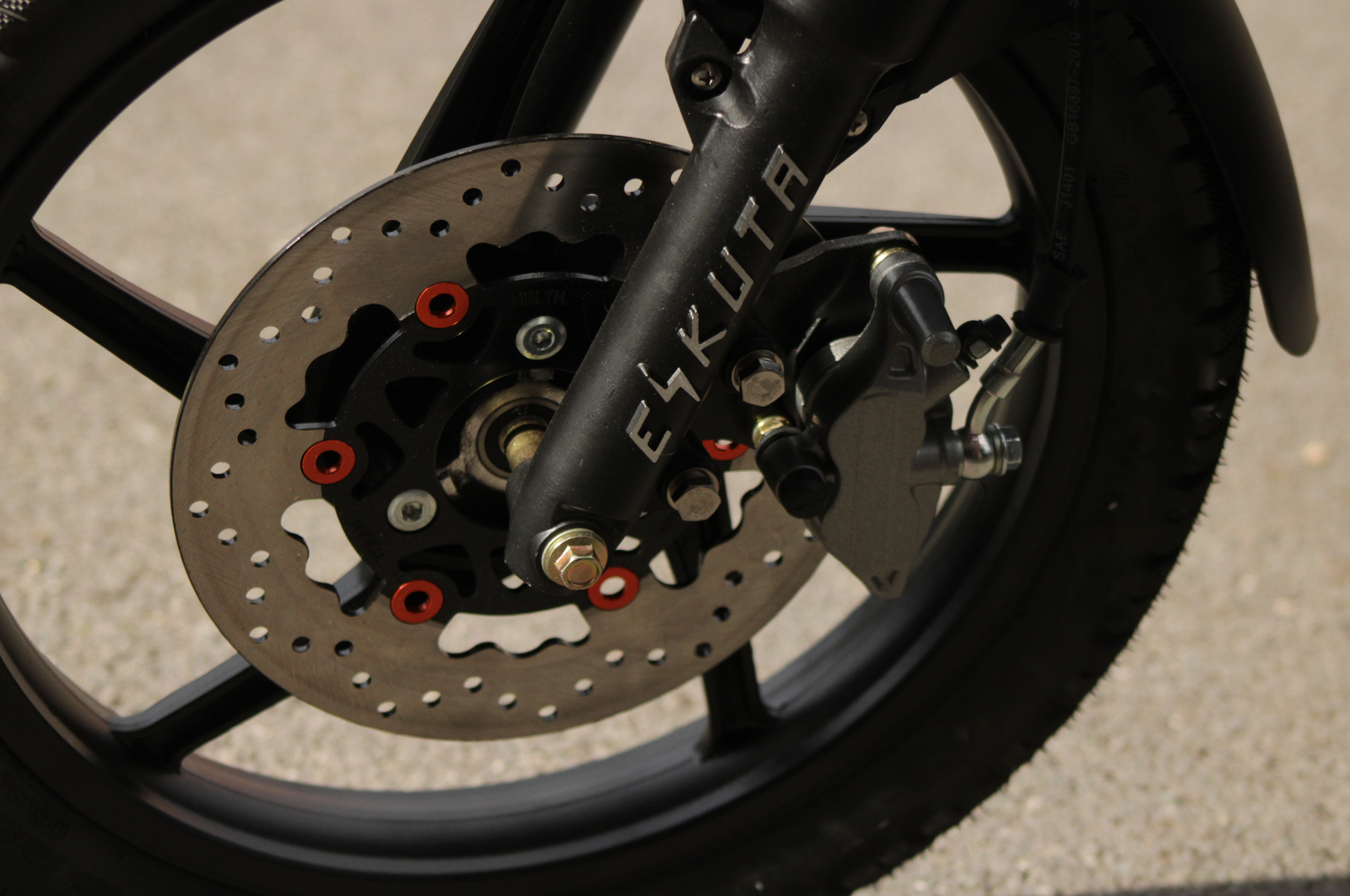
Of course, with the right wind direction and a bit of negative incline, you can go a bit faster. I think I had it at 18mph for a brief moment, but in all honesty by the time you’re doing 13mph the gearing is already running out and you’re already starting to feel the ‘Roadrunner’ effect on your legs.
When it comes to handling, the SX-250 is never really going fast enough to push the limits of physics, but, for what you need in a kind of ‘commuter’ bike, it holds the road well, and stops well thanks to a single disc brake on the front, and a drum at the rear, which both operate via a CBS system.
The only issue at low speed is again the on-off switch to set off, which makes slow-speed manoeuvring feel a bit jerky. In comparison to the modulation you have with the clutch on a conventional bike, which helps to smooth out that low-speed riding, the lack of that modulation on the SX-250 makes the low-speed stuff feel a bit less controlled. It’s when you’re off the button and pedalling instead that the SX-250 feels more natural. I never had the chance to take the bike to a cycling trail, or use a cycle path for example - because such things are far beyond the comprehensible reality of the authorities where I live - but my assumption, from riding the bike in places where it did not feel so ‘at home’, is that on cycle paths it would be a more comfortable and natural ride. If you live somewhere with heaps of futuristic infrastructure, like cycle lanes, and need something to get you about, the SX-250 would honestly be a good choice.
That said, the storage space is pretty limited on the standard bike. All of the underseat storage is taken by the battery, and the only other compartment is at the front. When you first get the bike, the front compartment is used to store the charging cable, and in all honesty there is not much space for anything bigger. If you want on-bike storage, you’re probably going to want to increase the capacity from the stock bike, and therefore will be looking to purchase either the £75 22-litre top box, or the £125 52-litre top box.
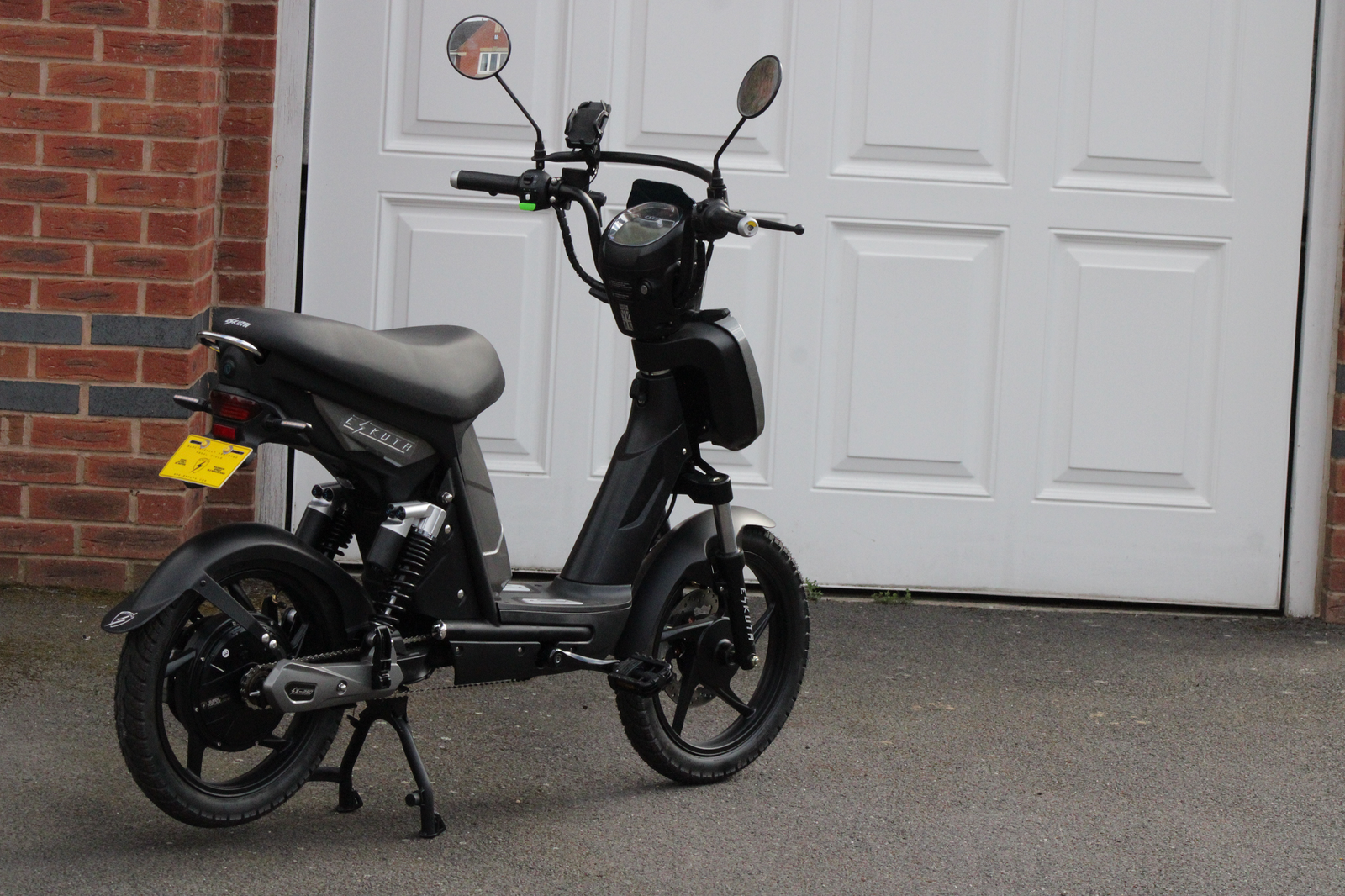
I never rode the bike at night, so it is difficult to say how well it lights the road. It features running lights and indicators (which operate via a button on the left handlebar), too, although I should say that I did overhear someone, while riding past them, say that they “couldn’t see” the indicator flashing, but from the light on the dashboard I knew that it had been turned on.
There were some periods where I didn’t ride the bike for a while. From a full charge, over two weeks it discharged to 59%. The process of charging, though, is straightforward. The battery can be removed if you don’t have a garage. Being someone who does have a garage (and has not reviewed a bike before), I never thought to remove the battery, but charging while still in the bike simply requires to flip the switch on the battery itself to the off position and connect the charger to any standard mains socket for. From zero, the battery can fully charge in six hours, at which point between 40 and 50 miles of riding time is possible. There is also the possibility to purchase a second battery at the cost of £495.
That, and/or the price of the aforementioned top boxes, goes on top of the base price of £1,795, which also includes a warranty of 12 months or 8,000 miles (whichever is reached first). There is no tax or insurance to pay on the SX-250, nor the need for any kind of motorcycle licence.
